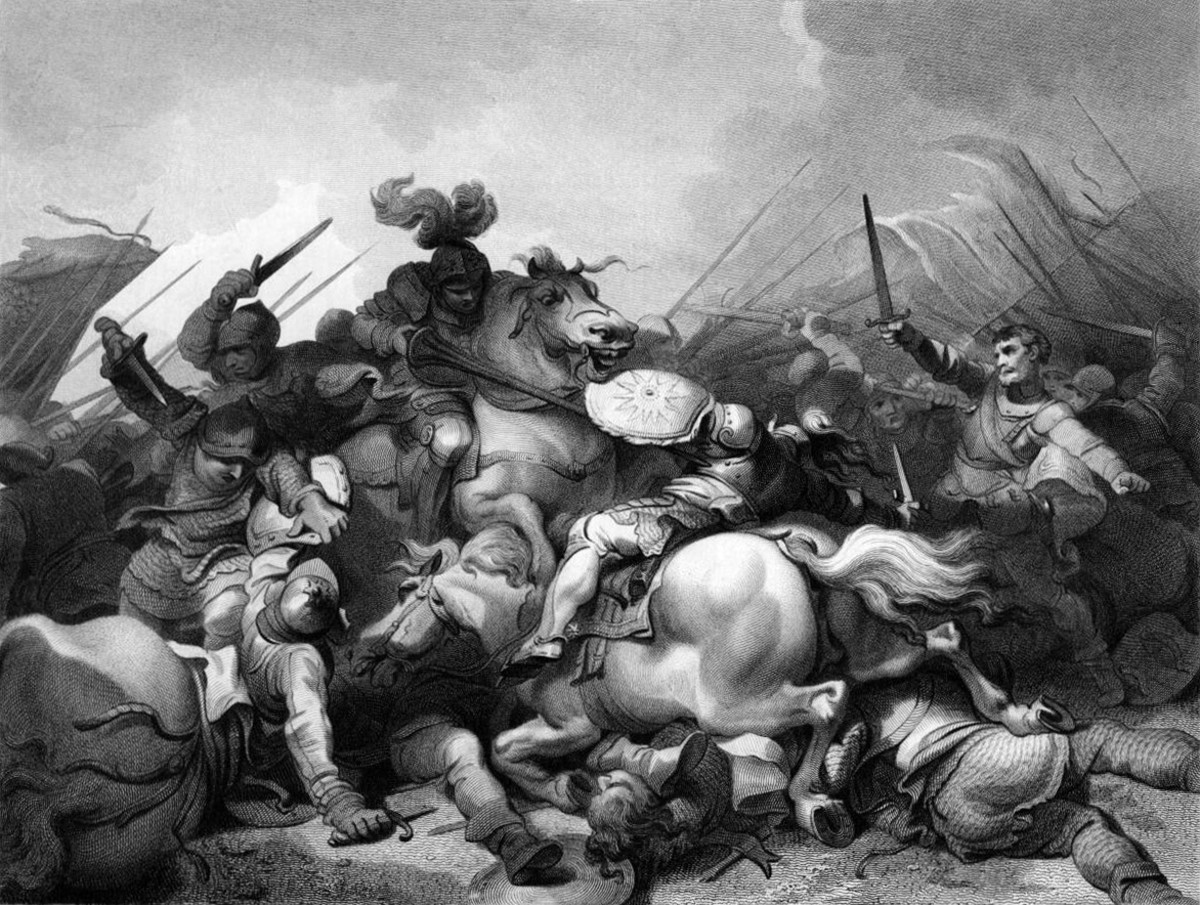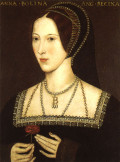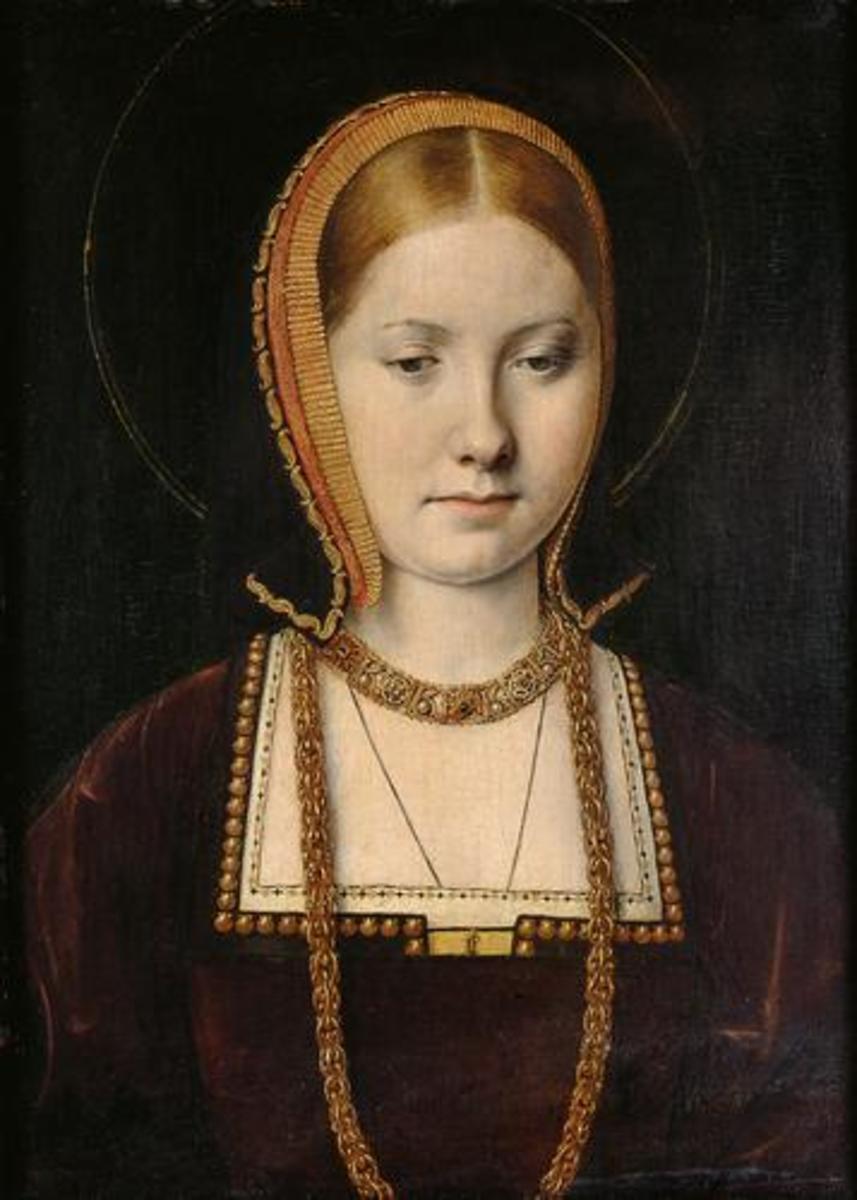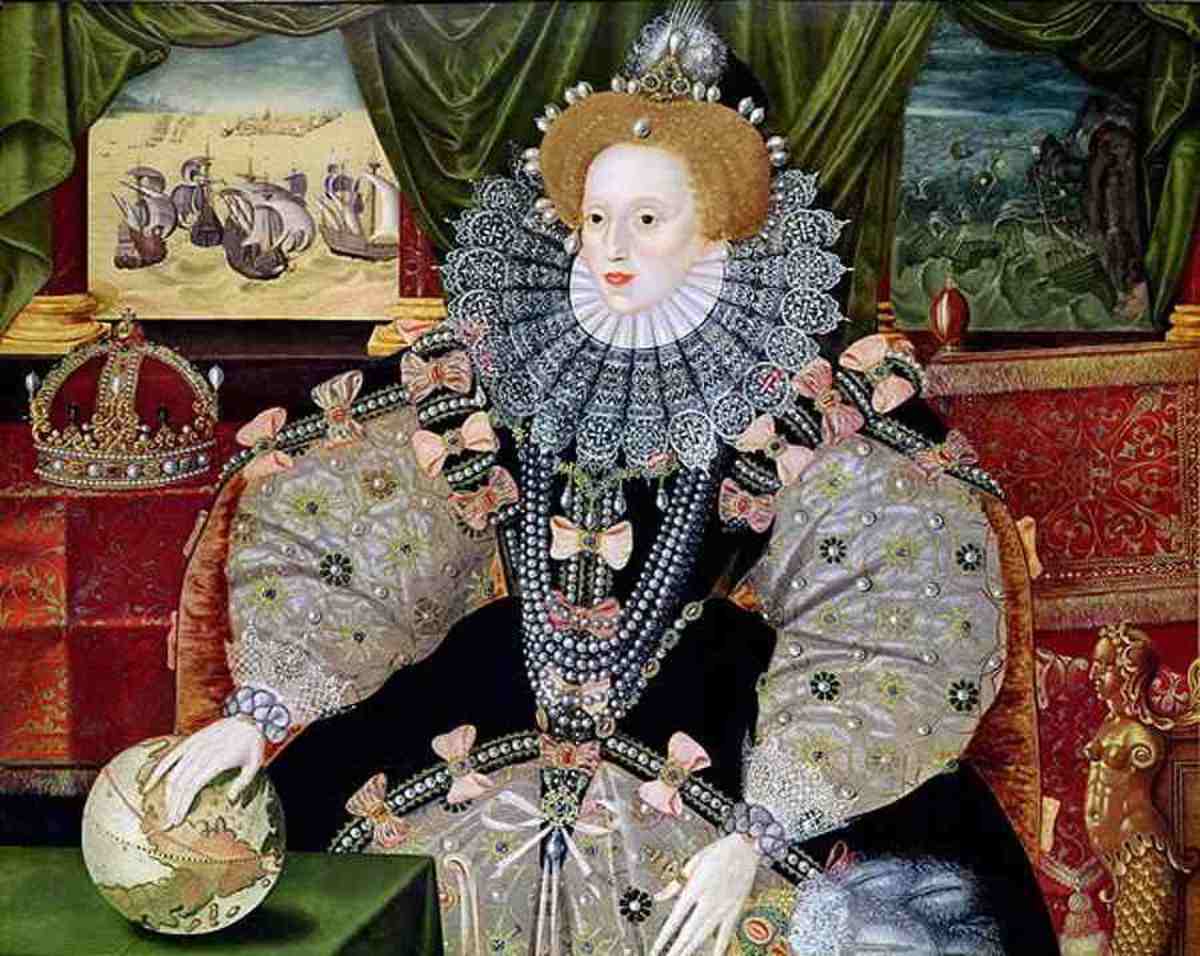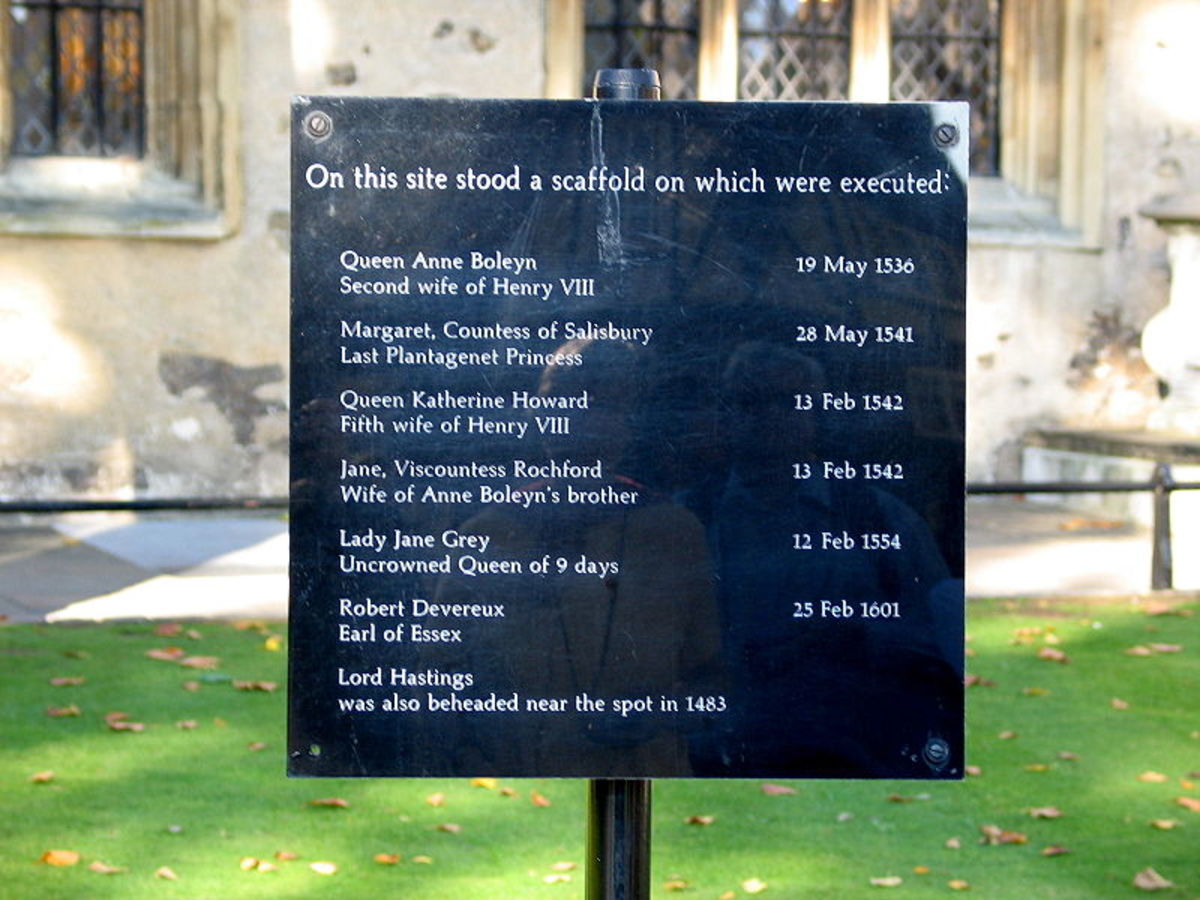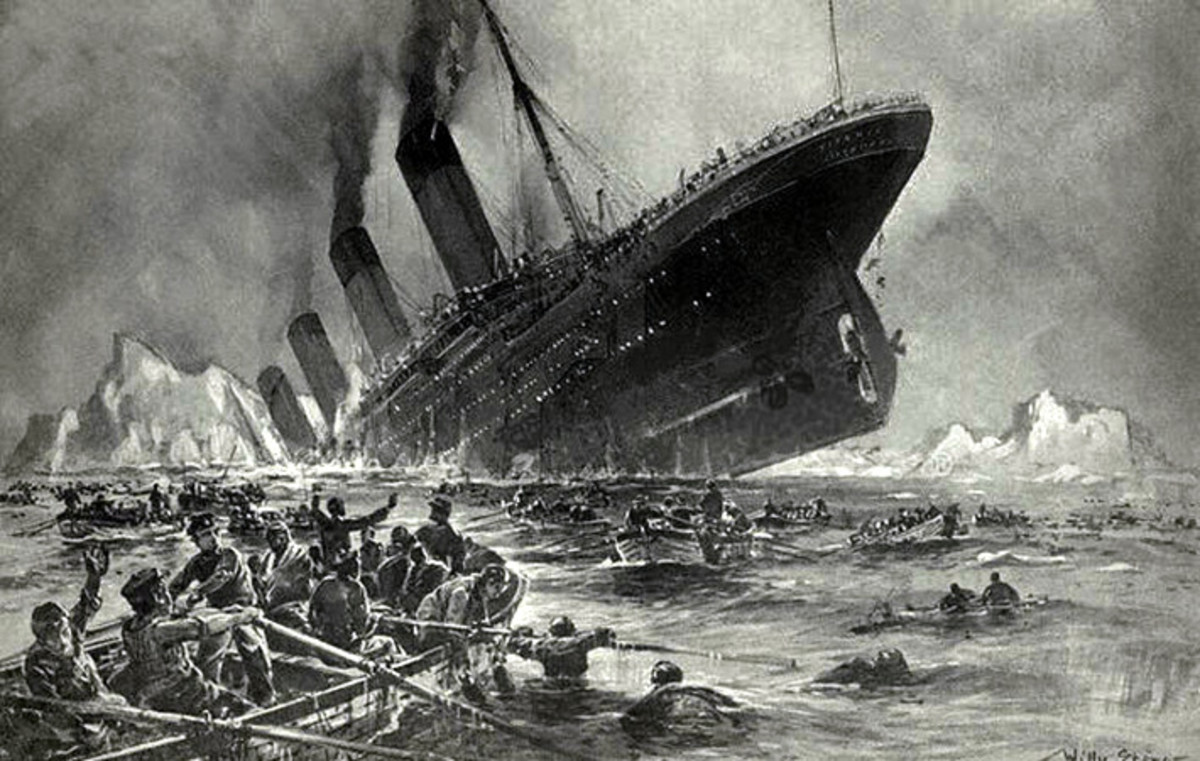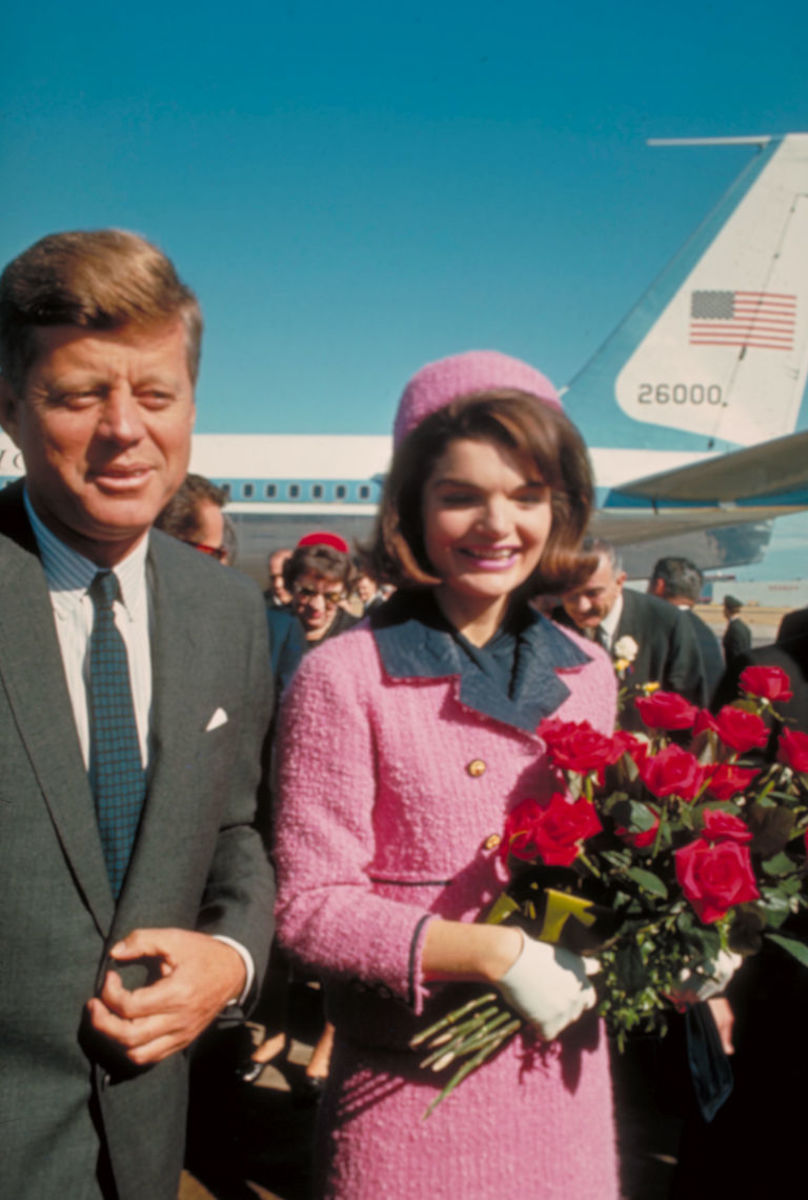The Birth of Elizabeth I: A Princess, Lady and Queen of England
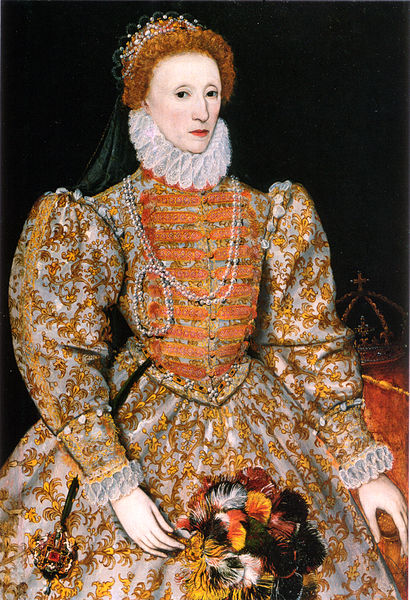
On September 7, 1533, Anne Boleyn gave birth to her first and only child, Elizabeth Tudor. Elizabeth seemed to have everything handed to her on a plate but that all changed when she was just two and a half years old. However, she overcame it all and became the greatest monarch the world has ever seen.
The Lead-Up to Elizabeth I’s Birth
Elizabeth was born into a difficult time. Her father, Henry VIII, had torn the world apart as he tried to divorce his first wife, Catherine of Aragon, and marry Anne Boleyn. It took seven years and a complete change of faith for it to finally happen. England broke from Rome and King Henry was made the supreme head of the church.
On top of that, Henry desperately needed an heir. Women couldn’t rule. It had already been proven with Empress Matilda between 1114 and 1125 that women were not suitable for the role as Queen of England in their own right. Henry needed a boy and Catherine of Aragon had only provided him with one living child—a daughter, Mary. Believing that it was because his marriage was invalid to God, Henry needed to marry someone who would be viewed as the rightful Queen of England. His eyes set on Anne Boleyn.
Anne had promised Henry VIII a son for the past seven years. She fell pregnant quickly and everyone believed the child would be the prince the country needed. A tournament was arranged and leaflets were created announcing the birth of the royal son. On August 26, 1533, Anne went into her confinement ready for the birth of her baby.
The Disappointing Birth of Elizabeth I
Poor Elizabeth Tudor was born with all this expectation and she disappointed. Both her mother and father were upset at her gender. It wasn’t her fault but was something that she would have to live with for the rest of her life. The tournament was cancelled and the leaflets were quickly changed to add an ‘s’ at the end of the word ‘prince’ to announce the arrival of the baby girl.
The cancellation of the tournament isn’t something that only happened with Elizabeth. Before Mary Tudor’s birth, a tournament was prepared for her arrival and then cancelled when she turned out to be a girl. It wasn’t just that it was disappointing but the birth of a girl wasn’t big news in Tudor England. It wasn’t something to be celebrated in such a big way.
The hardest part for Henry and Anne was knowing that seven years of waiting only produced this girl. But it wasn’t the end of the world. Anne was still young and fertile. They could have more children. Unfortunately, Anne Boleyn suffered at least two miscarriages after the birth of Elizabeth and was then found guilty of treason.
Part 1 of 3 of Queen Elizabeth I: Documentary by UK's Channel Five
Watch Elizabeth I: The Wonderful Tale of Good Queen Bess
From Princess Elizabeth to Lady Elizabeth In a Moment
Princess Elizabeth Tudor seemed to have everything handed to her. She lived a Hatfield House and had staff surrounding her; even her half-sister, Mary, was forced to attend on her. She would be given the best tutors and was currently the first in line for the throne. One day, unless her mother somehow produced a son, she would be Queen of England.
That all changed in the May of 1536. Within two weeks, Anne Boleyn was found guilty of treason and executed. The marriage to Henry VIII was deemed invalid and Elizabeth lost the title princess. She was demoted, similarly to her half-sister, to Lady Elizabeth Tudor and removed from the line of succession as an illegitimate heir. While she was too young to really understand what that meant at the time, she grew up believing that she would never be queen.
She did, however, gain the best education. She was extremely smart and learned multiple languages. Henry VIII knew that he would be able to use her as a political tool—similar to the way his father, Henry VII, had used his sister, Margaret—so it meant that Elizabeth had to be well-educated. Luckily, her step-mothers were mostly kind-hearted and made sure that her education was second to none.
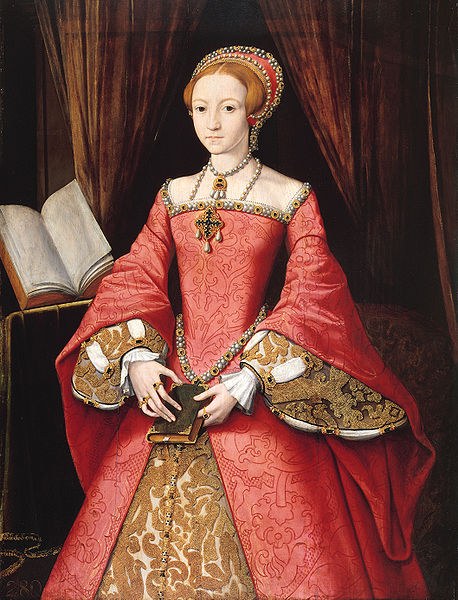
Lady Elizabeth Tudor: The Protestant Princess
Elizabeth was raised after the religious reformation in England. She was raised with Protestant beliefs, unlike her sister. Katherine Parr even made sure that all her tutors were reformist sympathisers and believers of the new faith.
However, she also grew up during the troubles. She witnessed the ever-changing mind of Henry VIII and how his decision to break from Rome battled with his conscious. Elizabeth saw how the changes in religion affected the people, especially after her father’s death and during the reigns of her half-brother, Edward VI, and half-sister. She witnessed persecution after persecution, whether it was Catholics or Protestants being burned at the stake for heresy, depending on the monarch in power.
Undoubtedly, the things she saw and felt led to her wish for the country to be united. The number of people who were executed for heresy during Mary Tudor’s reign definitely had something to do with it.
Can you answer these 5 questions about Elizabeth I?
view quiz statistics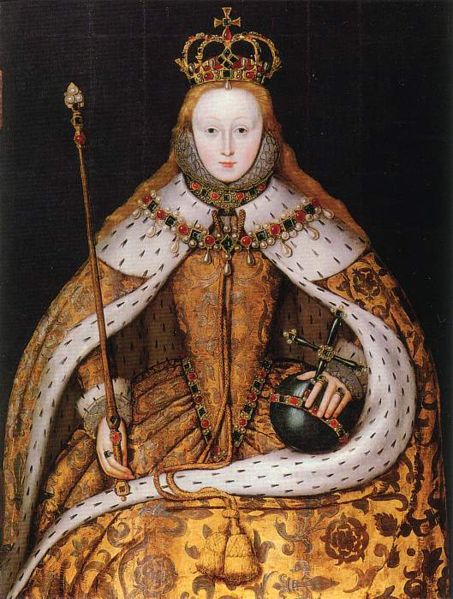
Good Queen Bess: Elizabeth Tudor Joins the Religions Together
Despite being a Protestant, Elizabeth had the wit to join the two religions together as much as she could bear. While removing the practise of mass from services, she did keep numerous Catholic symbols and beliefs in her Protestant religion. Her councilmen also made sure that the reformations never went as far as they could. Unlike her father, Elizabeth I was never the supreme head of the church.
It wasn’t until 1570—her reign started in 1558—that Elizabeth was excommunicated by the pope for her religious beliefs and actions. Up until this time, Elizabeth had constantly tried to find a balance out of fear of a Catholic uprising and France and Spain were happy with this. The excommunication, in part, led to the execution of Mary, Queen of Scots—although there was much more to that story.
Queen Elizabeth was known by two nicknames: The Virgin Queen and Good Queen Bess. She was good to her people and cared for her country. She never married but it is unclear why that is. By the time she knew she was too old for marriage and children, she stated that it was because she was married to her people so could not marry anyone else. It is possible that she simply wanted to prove everyone wrong: a woman could rule on her own and do an excellent job at it.
The birth of Princess Elizabeth led to many changes; changes that the world would not have imagined in 1533. Henry VIII had the heir that he needed in her. If only he knew it then, Anne Boleyn may have survived. However, that could have changed the course of history for the worse. Queen Elizabeth I will always be remembered as one of the greatest—if not the greatest—monarchs in the whole of English history and it all started on this day, 480 years ago.


